La poda de calabacines es una parte importante para mantener una planta saludable. Al eliminar las hojas y los tallos muertos o moribundos, permite que la planta concentre su energía en producir frutos. La poda también ayuda a prevenir la propagación de enfermedades.
Las plantas de calabacín son relativamente fáciles de podar y, con un poco de práctica, puedes hacer que se vean lo mejor posible en muy poco tiempo. Pero antes de comenzar, hay algunas cosas que debe saber.
6 razones para podar tus plantas de calabacín
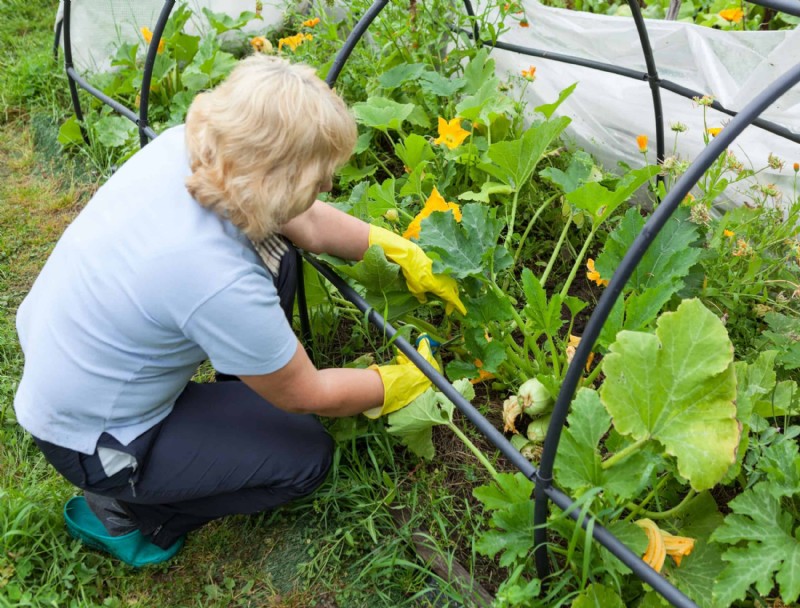
Hay varias razones por las que debes podar tus plantas de calabacín.
1. La poda favorece la producción de frutos. Las plantas de calabacín producen frutos en un nuevo crecimiento. Al quitar las hojas y los tallos más viejos, animas a la planta a producir más frutos.
2. La poda ayuda a prevenir enfermedades. Las hojas y los tallos muertos o moribundos pueden albergar enfermedades que pueden propagarse a otras partes de la planta o a sus vecinos. Al cortarlos, ayudas a mantener tu planta saludable.
3. La poda mantiene la planta cuidada. Seamos realistas, las plantas de calabacín pueden volverse bastante rebeldes si no se controlan. La poda ayuda a que la planta se vea limpia y ordenada.
4. La poda facilita la cosecha. Al quitar las hojas y los tallos, tendrá un mejor acceso a la fruta. Esto hace que la cosecha sea mucho más fácil, especialmente si estás cultivando calabacines grandes.
5. La poda ayuda a la planta a concentrar o centralizar su energía. Las plantas de calabacín crecen relativamente rápido. Al podar las hojas y los tallos, obligas a la planta a redirigir su energía para que produzca frutos en lugar de follaje.
6. La poda es terapéutica. Bueno, tal vez esto es sólo una opinión. Pero hay algo satisfactorio en llevar un par de tijeras de podar a una planta demasiado grande y darle un buen corte. ¡Pruébelo y compruébelo usted mismo!
Materiales necesarios para podar plantas de calabacín
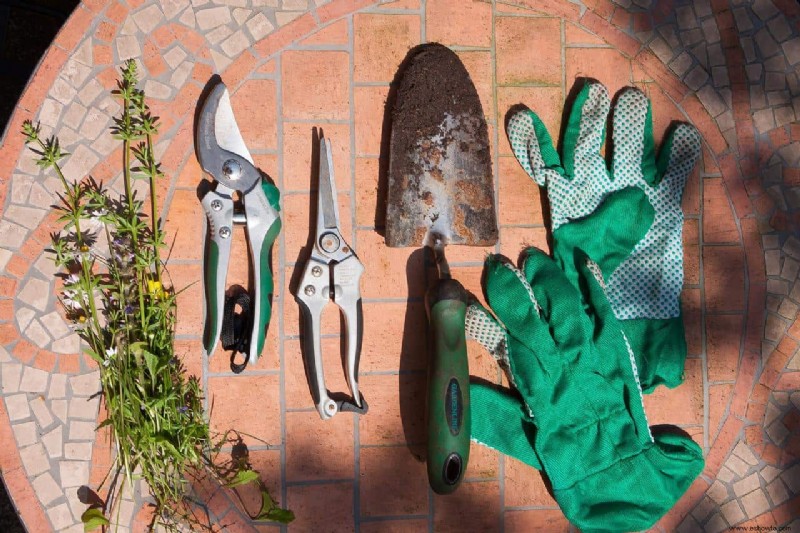
Ahora que sabes por qué debes podar tus plantas de calabacín, es hora de hablar sobre lo que necesitas para hacerlo. Aquí hay una lista de los materiales que necesitará:
- Tijeras de podar
- Un balde o una bolsa de basura de jardín
- Guantes (opcional)
Cómo podar plantas de calabacín
La poda de plantas de calabacín es un proceso relativamente simple. Simplemente siga estos pasos y tendrá plantas sanas y productivas en muy poco tiempo:
1. Retire las hojas muertas o moribundas
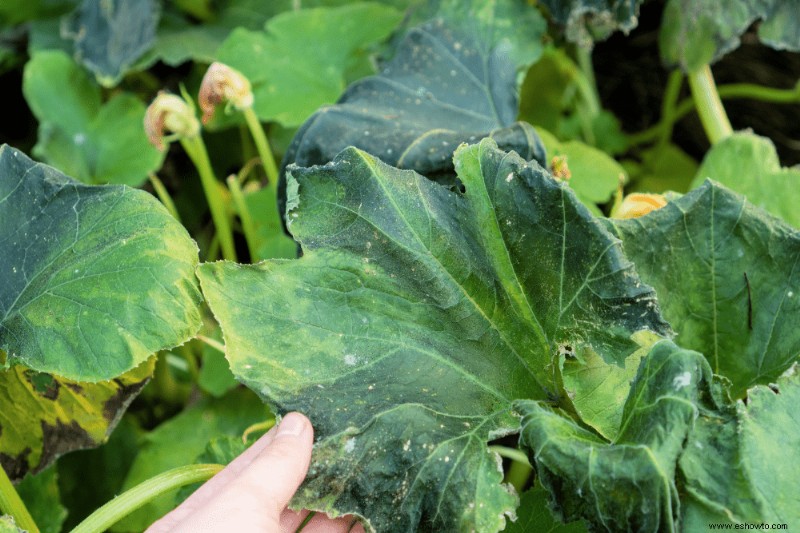
Comience eliminando las hojas y tallos muertos o moribundos. Estos se pueden identificar por su color marrón o negro. Estas hojas pueden albergar enfermedades que pueden propagarse a otras partes de la planta oa otras si no se tiene cuidado. Para eliminarlos, córtalos hasta el tallo principal de la planta.
2. Retire las hojas que bloquean las frutas
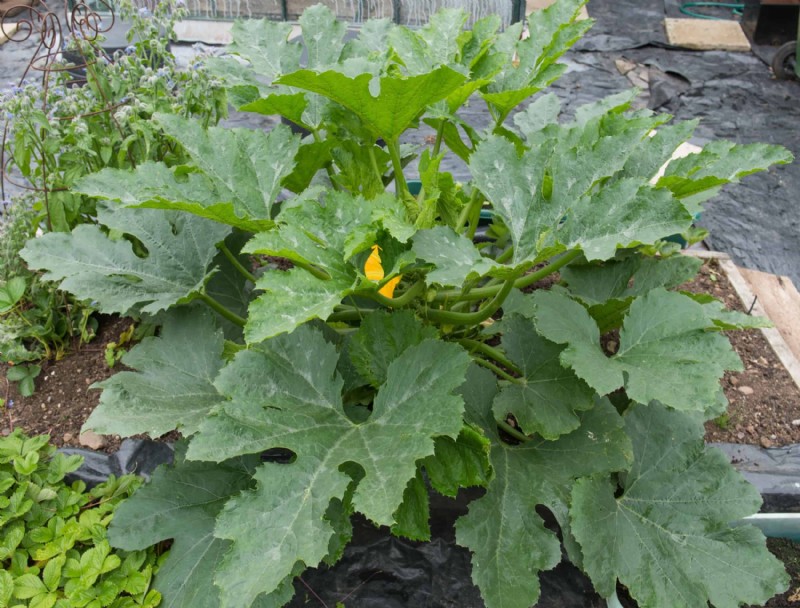
Next, remove any leaves or stems that are blocking sunlight access to the fruit. The correct amount of light is essential for zucchinis to grow to their full potential. This will also make harvesting much easier since you can see your growing yield through the foliage.
3. Trim Longer Stems
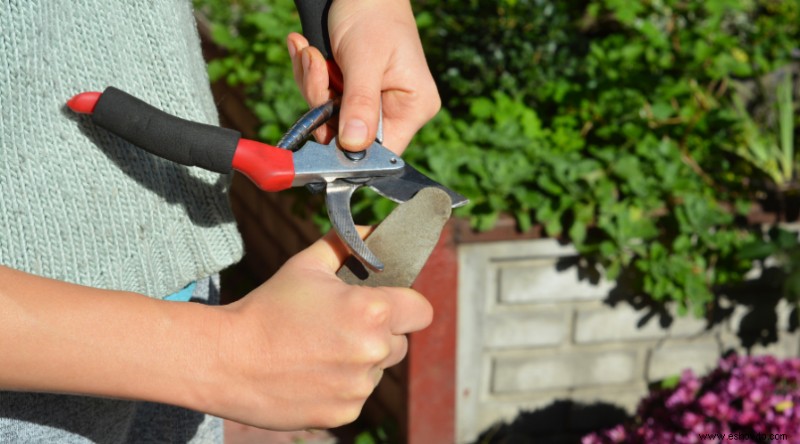
Trim back any stems that are longer than about 12 inches. These can be cut back to the main stem. This will help to keep the plant tidy and will encourage new growth. Thinning out any overcrowded leaves or stems will also help to improve air circulation and prevent diseases from spreading. Just be sure not to remove too many leaves, as this can stress the plant. Avoid the main stem at all costs.
4. Decide What Else to Prune
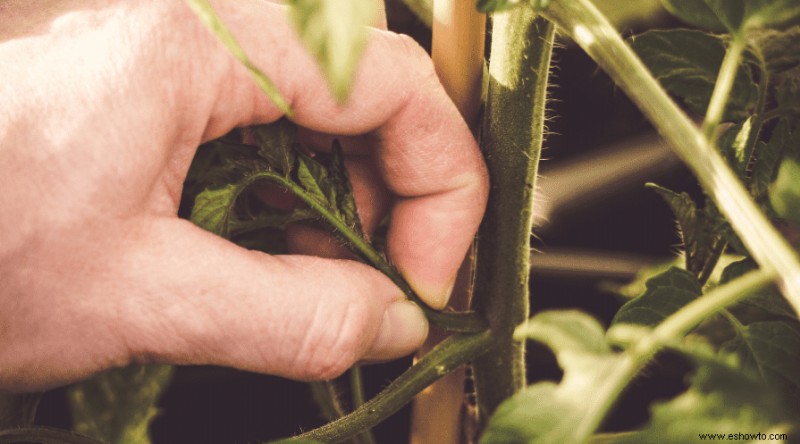
Once you’ve removed all of the dead and dying growth, take a look at the plant and decide what else needs to be pruned. Perhaps there are some leaves that are shading the fruit too much? Or maybe there are some stems that are competing for resources with the fruit-bearing stems? Remove whatever you think is necessary.
Watch out for suckers on your zucchini plant. These are small leaf clusters that complete with the main stems for nutrients. You’ll find them located at the base near the main stem. You can either cut them with pruning shears or simply pick them off with your fingers.
5. Water the Plant
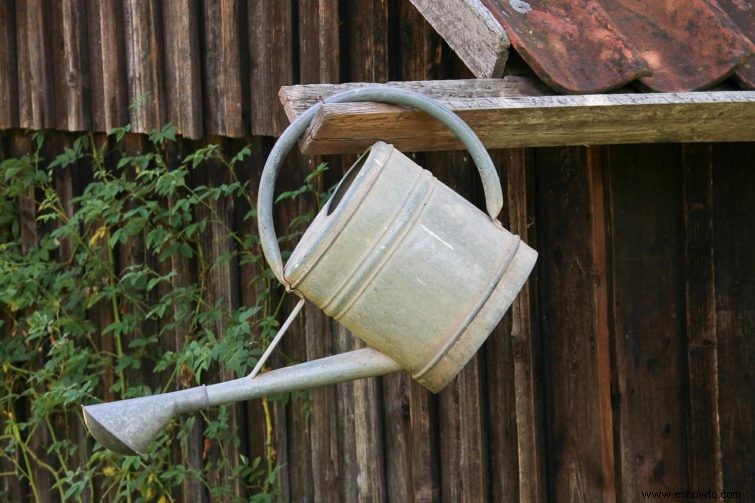
When you’re finished pruning, give the plant a good watering. This will help it recover from the stress of being pruned and will encourage new growth.
6. Dispose of the Debris and You’re Done!

Once you’ve finished pruning, dispose of the debris in a bucket or garden waste bag. If you’re using gloves, make sure to remove them before coming into contact with any other plants.
¡Eso es todo! Just Repeat these steps every few weeks throughout the growing season to keep your zucchini plants healthy and productive.
With these tips in mind, pruning zucchini is a simple process that will keep your plants healthy and productive. So get out there and start pruning!
Pruning Zucchini Plants:Tips &Tricks
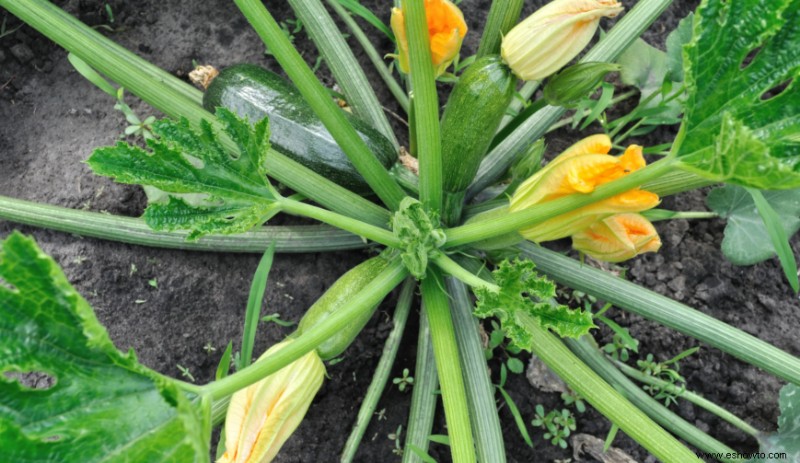
Here are a few tips and tricks to help you get the most out of your zucchini plants:
- Try not to prune more than 1/3 of the plant at one time. This will help prevent the plant from being too stressed and will encourage new growth.
- Pruning in the evening or early morning can help the plant recover more quickly. This is because the cooler temperatures help reduce water loss.
- Pruning shears can be sterilized by dipping them in a solution of 1one part bleach to nine parts water. This will help prevent the spread of diseases.
- Be careful not to damage the plant while pruning. Cut cleanly and avoid tearing leaves or stems.
- Wear gloves while pruning if you have sensitive skin. Some plants, like zucchini, can cause irritation if they come into contact with your skin.
If you have any questions about pruning zucchini plants, or any other plants for that matter, don’t hesitate to ask your local nursery or gardening store for advice. They can help you figure out what’s best for your plants.
Start Pruning
Pruning zucchini plants is a relatively simple process, but there are a few things you need to keep in mind. First, always sterilize your pruning shears before and after use. This will help prevent the spread of diseases. Second, be careful not to damage the plant while pruning. Third, make sure to water the plant after pruning to help it recover.
By following these simple tips, you’ll be able to keep your zucchini plants healthy and productive.
Also read pruning mistakes to avoid and let us know about your experience with pruning. Don’t forget to share this article on social media!

